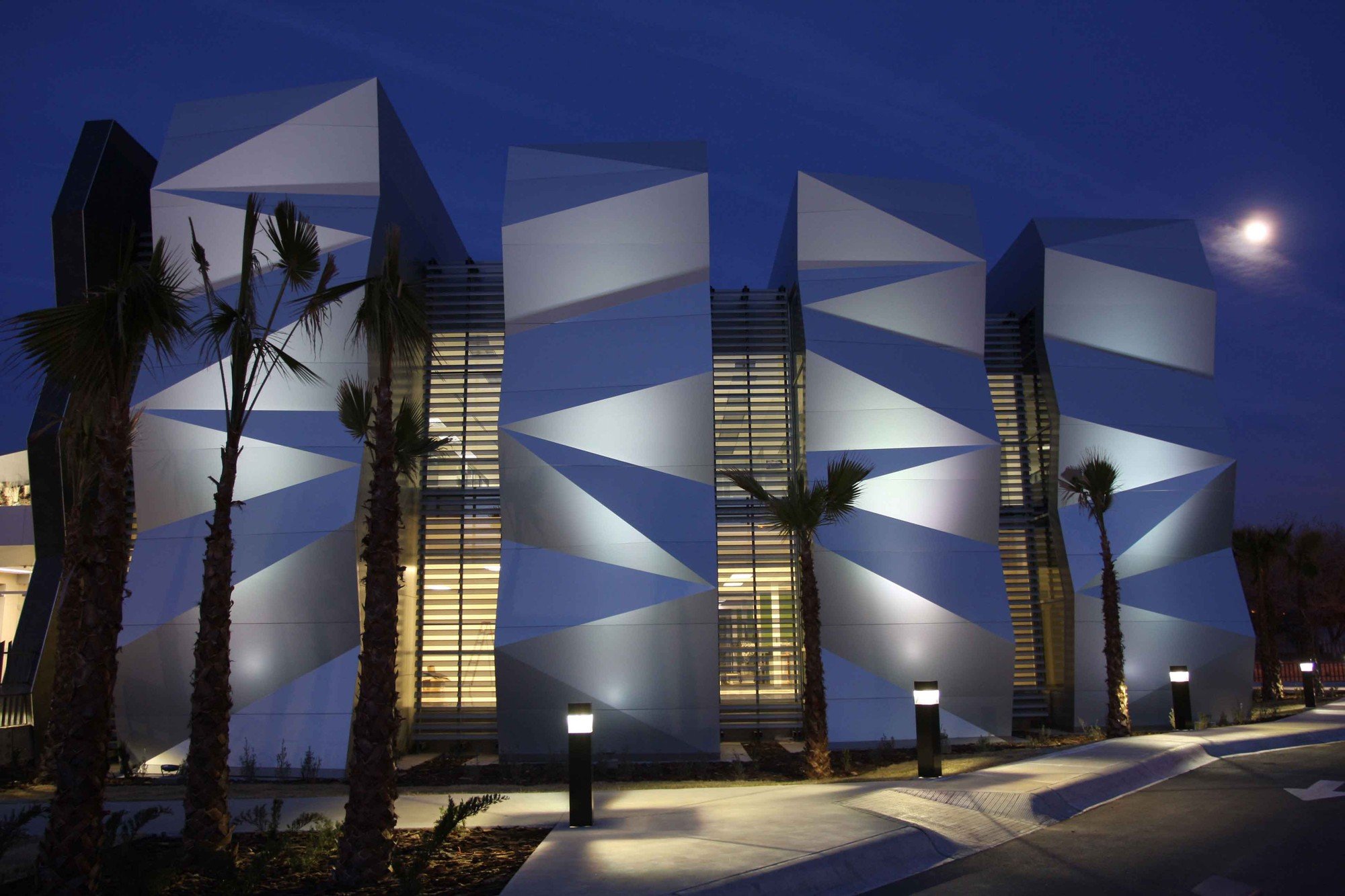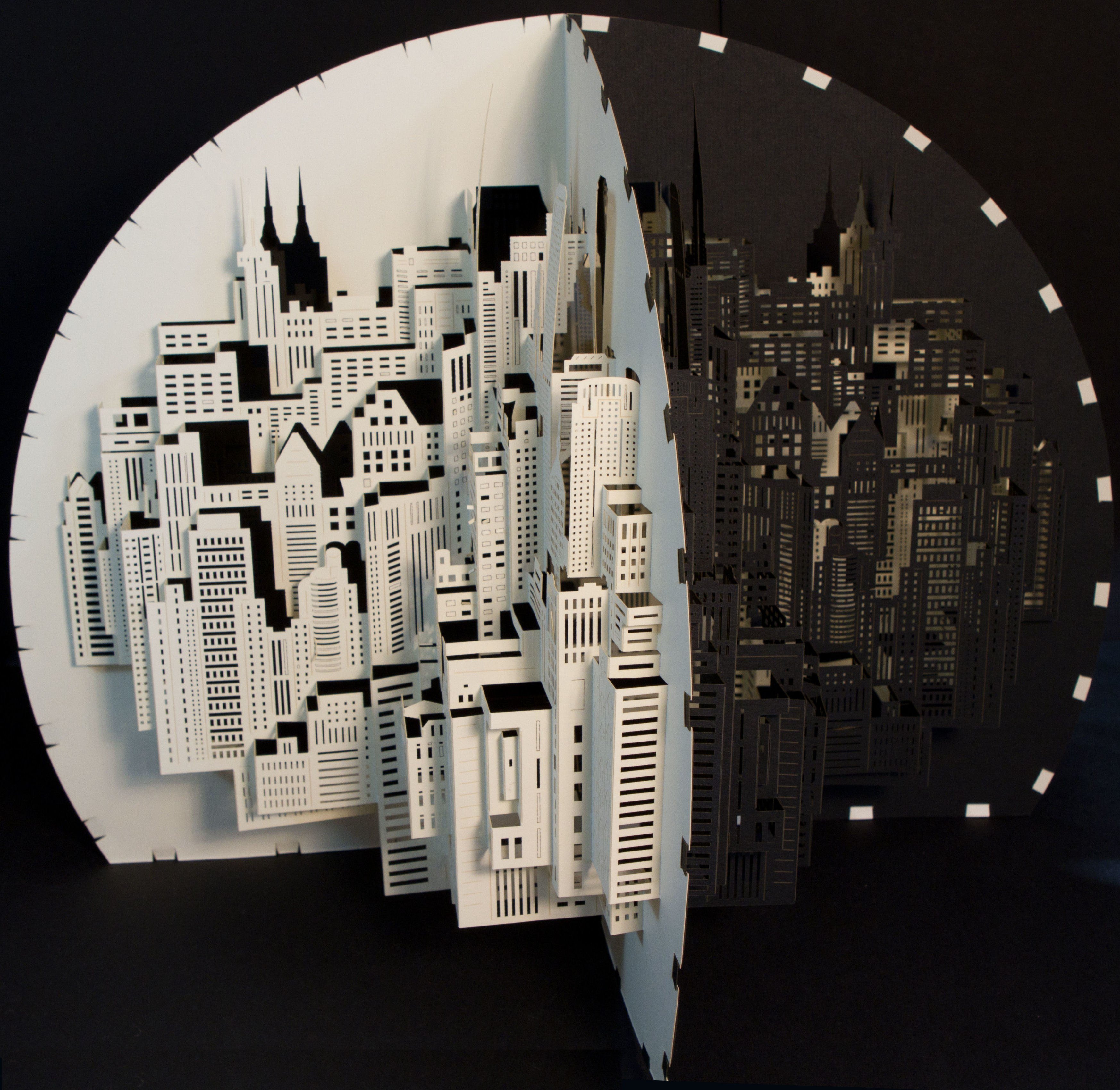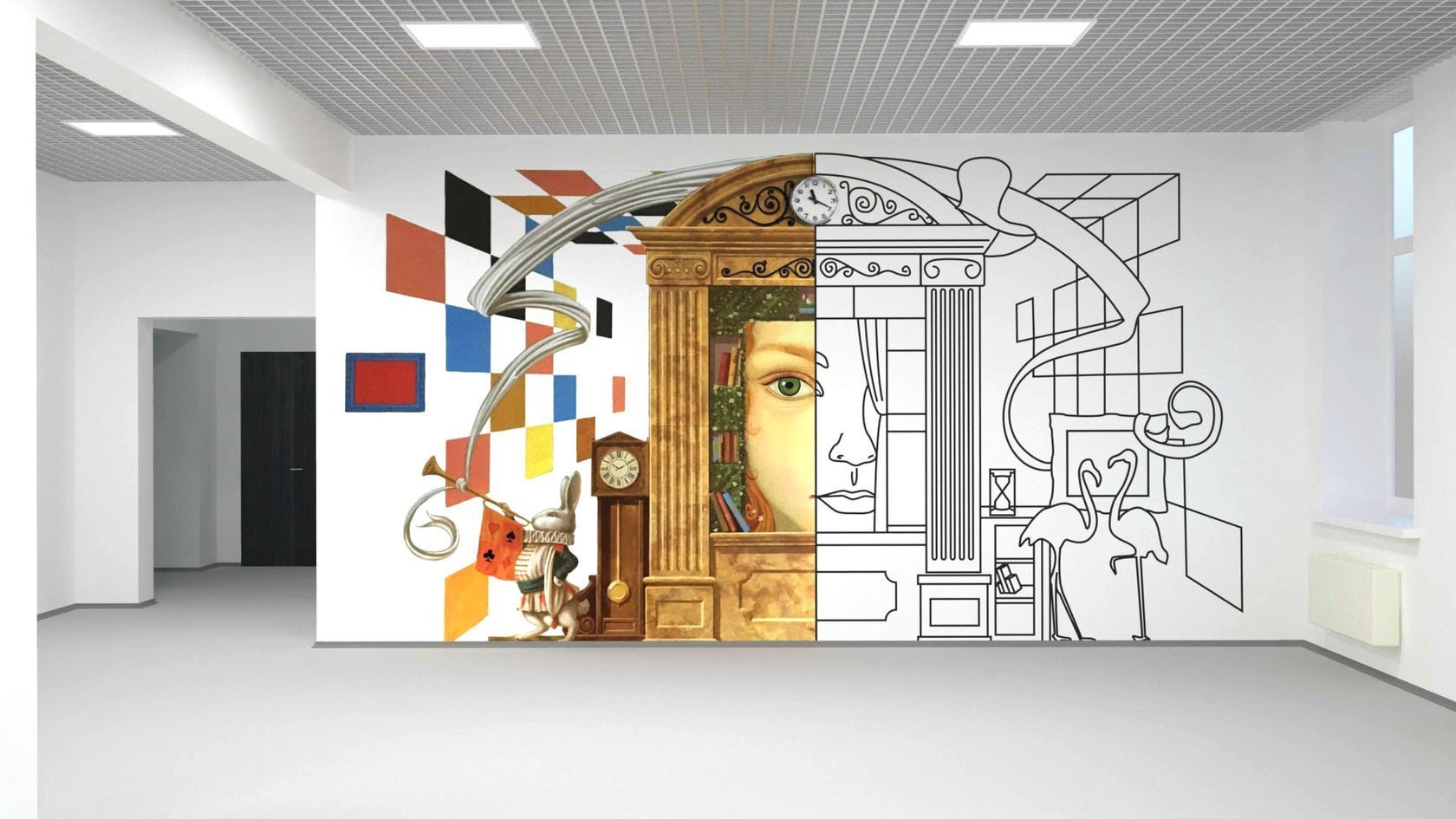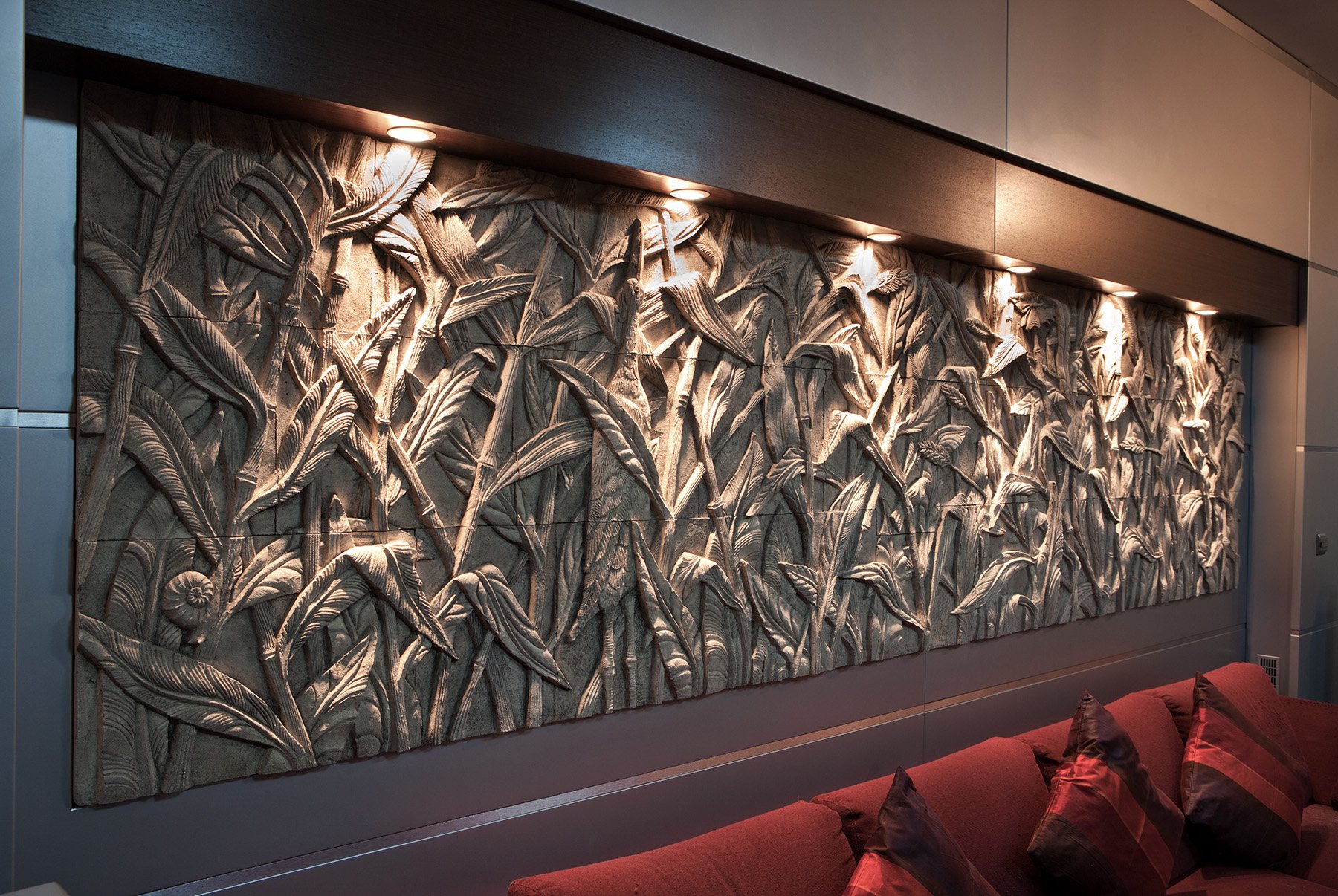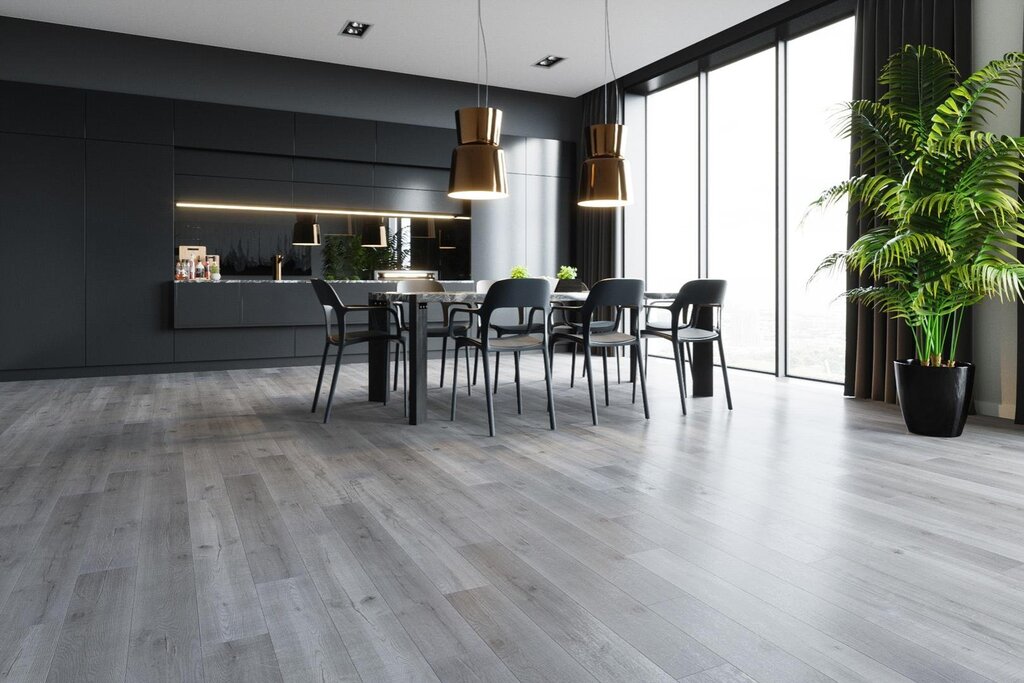Panel in architecture 43 photos
Panels in architecture play a pivotal role in shaping the modern aesthetic and functional landscape of buildings. These versatile elements, which can be crafted from a variety of materials such as wood, metal, glass, and composites, offer designers and architects the flexibility to enhance both the interior and exterior of structures. Panels serve not only as decorative features but also as integral components in acoustic treatment, thermal insulation, and structural partitioning. In the realm of interior design, panels can transform spaces, creating distinct atmospheres through texture, color, and pattern. They can be used to articulate walls, ceilings, and even floors, providing a cohesive look that aligns with the overall design vision. The adaptability of panels allows for innovative solutions in both residential and commercial settings, accommodating the unique needs of each space. Moreover, advancements in technology have expanded the capabilities of architectural panels, incorporating sustainable practices with eco-friendly materials and energy-efficient designs. This evolution reflects a growing commitment to environmental responsibility within the design community. As a result, panels continue to be a fundamental element in architecture, blending artistry with practicality to shape the environments we inhabit.




